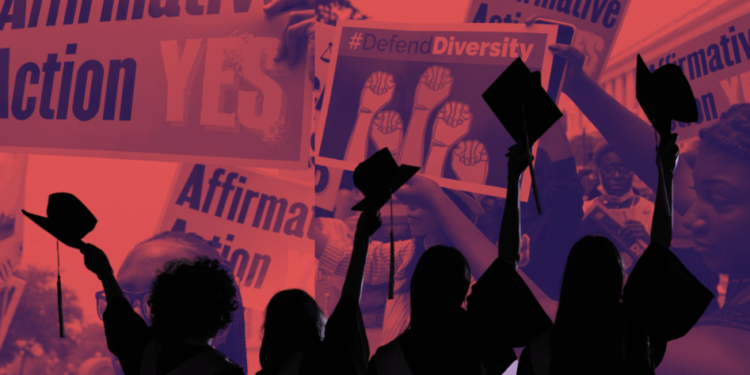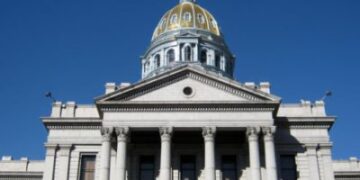Jan 26, 2025 Story by: Editor
The 2024-25 academic year served as an initial test of the Supreme Court’s 2023 decision to end race-conscious college admissions. This shift left educators and analysts wondering: How would it shape the demographics of freshman classes at selective colleges?
At the start of the academic year, The Upshot requested racial and ethnic composition data from selective colleges, ultimately gathering information from 66 institutions. This provided a detailed glimpse into the changes in freshman enrollment following the end of affirmative action. While the full impact may take years to understand, three key findings have emerged.
1. Decline in Black and Hispanic Enrollment
Historically, affirmative action aimed to address disadvantages faced by Black and Hispanic students, with critics predicting enrollment declines without it. Data from 59 colleges—formatted to align with government standards—showed the share of Black first-year students fell by about one percentage point, from 7% to 6%, compared to previous years. Hispanic enrollment also dropped from 14% to 13%.
Average Black Student Enrollment (2010–2024)
2010: 2%
2015: 4%
2020: 6%
2023: 7%
2024: 6%
(Source: National Center for Education Statistics, 2010–22)
These declines marked the largest annual drops in Black and Hispanic enrollment at these colleges since 2010. Out of the 59 colleges, 17 experienced their sharpest decreases in Black enrollment in 14 years, while 15 saw similar declines for Hispanic students. Conversely, only a few colleges recorded gains during this period.
2. Minimal Increases in Asian and White Enrollment
Critics of affirmative action argued that eliminating race-conscious policies would increase Asian and white student representation. However, the data tells a different story.
The share of Asian students remained largely unchanged across these colleges, while white enrollment saw only a modest increase of less than one percentage point.
Average Asian Student Enrollment (2010–2024)
2010: 5%
2015: 10%
2020: 15%
2023: 18%
2024: 18%
(Source: National Center for Education Statistics, 2010–22)
Notable outliers include Johns Hopkins, where the share of Asian students increased by 18 percentage points, and Middlebury, which saw a 10-percentage-point rise in white enrollment. However, these exceptions did not reflect broader trends.
This raises a question: If Black and Hispanic enrollment decreased, why didn’t white and Asian enrollment rise proportionally?
3. More Students Opted Not to Disclose Their Race
In 2024, the percentage of students choosing not to report their race doubled, increasing from 2% to 4%. This trend contrasts with a steady decline in non-reporting students since 2010.
Non-Disclosure of Race (2010–2024)
2010: 2%
2015: 3%
2020: 2%
2023: 2%
2024: 4%
(Source: National Center for Education Statistics, 2010–22)
Zachary Bleemer, an economist, conducted a 2020 study on California’s 1998 affirmative action ban. He found that non-disclosure of race among University of California applicants more than doubled the following year. Using data such as names, high schools, and neighborhoods, Bleemer concluded most non-reporting students were white or Asian.
“Is this true again today? I don’t know for sure, but I think it’s a good guess,” Bleemer stated.
James Murphy of Education Reform Now urged caution in making assumptions. “It’s important to be careful not to speculate too much about who the unknowns are,” he said, describing 2024 as a particularly unusual year.
Additionally, the percentage of multiracial students declined slightly, falling by half a percentage point. This could result from fewer multiracial Black or Hispanic students enrolling, an increase in students not reporting race, or fewer multiracial white students listing additional racial identities.
Variation Across Colleges
While these trends provide an average picture, outcomes varied significantly among individual colleges. For instance, M.I.T. reported a 10-percentage-point drop in Black enrollment, while Northwestern saw a 3-percentage-point increase. Similarly, Hispanic enrollment at Johns Hopkins fell by 12 percentage points, while Bates College recorded a 5-percentage-point rise.
As researchers analyze additional data in the coming years, the nuances of these shifts will become clearer. For now, the data highlights the complexity of post-affirmative-action admissions and the challenges in drawing simple conclusions. Source: The New York Times

















